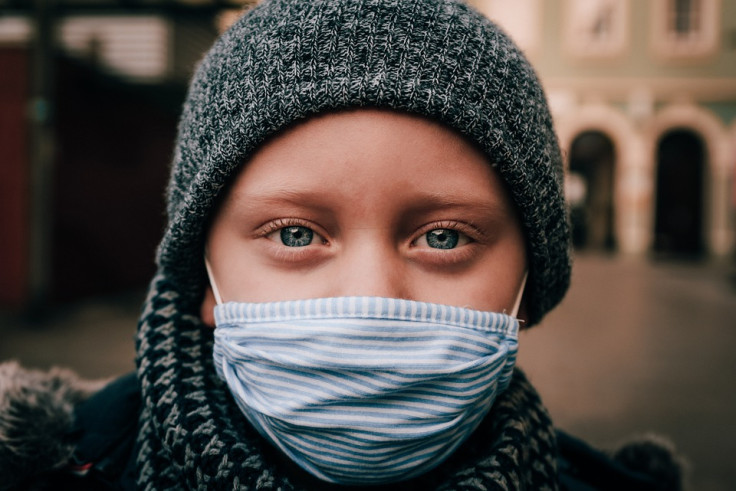What are the coronavirus symptoms in children that can be predictive of positive COVID-19 result?
Three of the most predictive symptoms of coronavirus in children are loss of taste or smell, upset stomach, fever, and a headache.
Kids have been deemed as coronavirus superspreaders, but how will you know if your child may have been infected? There are distinct symptoms in children that almost always lead to a positive coronavirus result.
A study titled, "Symptoms associated with a positive result for a swab for SARS-CoV-2 infection among children in Alberta" published in the Canadian Medical Association Journal, found that three of the most predictive symptoms of coronavirus in children were loss of taste or smell, upset stomach, fever, and a headache. However, the researchers also noted that one-third of the kids showed no symptoms.
Two more symptoms were also very common. These were a runny nose and a cough. However, the researchers noted that these symptoms were also common among children who tested negative for the virus. Thus, the two symptoms could not be categorised as tell-tale symptoms of COVID-19 in kids and hold no predictive value of the presence of SARS-CoV-2 in children.
Dr Finlay McAlister, a co-author of the study from the University of Alberta, said that because more than one-third of kids who tested positive for coronavirus showed no symptoms, being able to identify the probable candidates as to who are infected can be quite challenging. She said that it's possible that the number of asymptomatic children may be more than what was reported, considering that many would not even be present for testing.
The researchers evaluated symptoms experienced by more than 2,400 children in Alberta, Canada. The children were tested for SARS-CoV-2 between April 13 and Sept. 30, 2020.
The top symptoms that had predictive value were loss of smell or taste as it was seven times higher in COVID-19 positive kids. Having an upset stomach was five times higher, and those with headaches were twice as likely to be positive. Fever was the highest indicator at 68 percent among kids who turned up with a positive result. Kids who had three symptoms together such as loss of taste or smell, headache, and upset stomach had a 65 percent higher chance of testing positive.
With regards to age, children four years old or younger were more likely to yield negative results while those from 13 to 17 showed a higher chance of testing positive.
Dr. Nisha Thampi, Children's Hospital of Eastern Ontario's infectious disease pediatrician, said in an editorial that with the high proportion of children who have SARS-CoV-2, and yet who remain asymptomatic, it is unlikely that a strategy that screens for symptoms will prevent a child with the infection from entering school. Health and safety measures in school such as physical distancing, masking, hand hygiene, and improved ventilation, will still play an essential role in preventing the spread of COVID-19.
© Copyright IBTimes 2025. All rights reserved.























